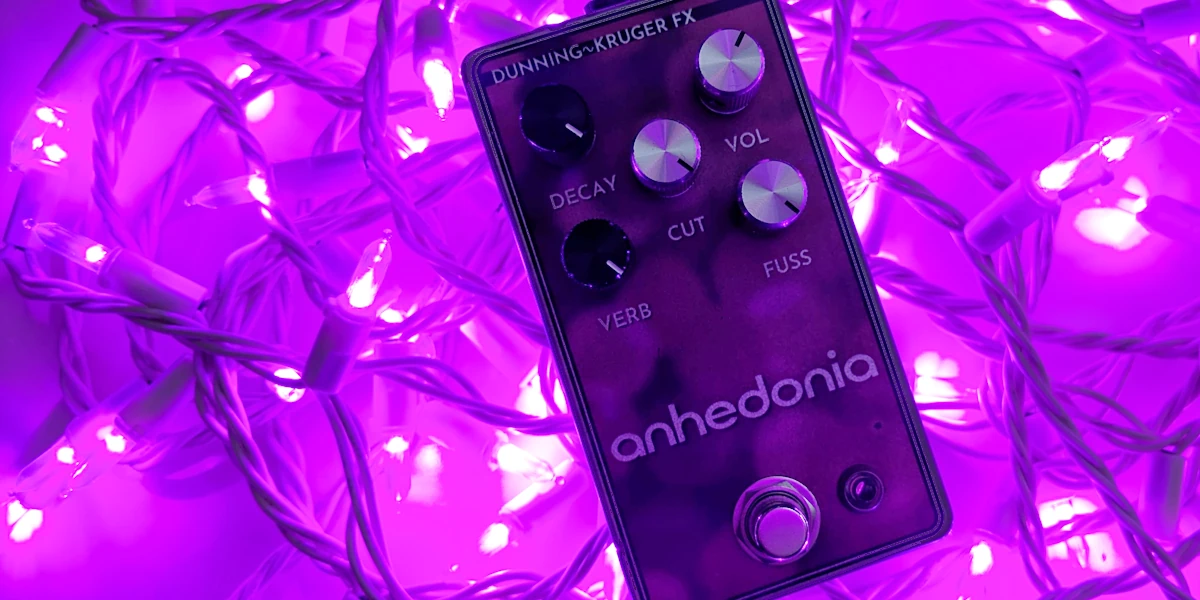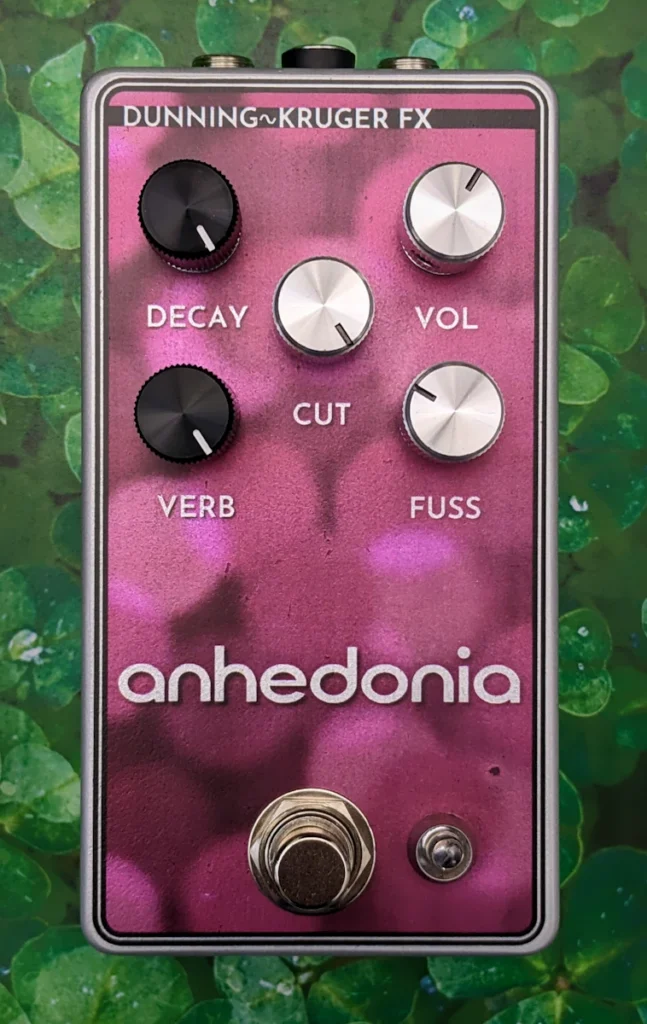

The joy of Anhedonia
The other important joke for me is one that’s usually attributed to Groucho Marx, but I think it appears originally in Freud’s Wit and Its Relation to the Unconscious, and it goes like this (I’m paraphrasing): I would never wanna belong to any club that would have someone like me for a member.
This is from the opening monologue of Annie Hall. It was from a different time, when a movie like Annie Hall could win the Academy Award for Best Picture over a movie like Star Wars.
I’ve never understood the aside about Freud. While reminding myself of the exact wording of the quote, I was inspired to find a copy of Wit and Its Relation to the Unconscious to find out, although that inspiration wasn’t quite enough to propel me to actually read it. I did, however, use the search engine of the Internet Archive to try to locate the reference. The word “club” doesn’t appear at all, and “member” only appears once, which is surprising for Freud. Richard Raskin suggested in the Danish film journal 16:9 that Woody Allen may have confused it with a passage in Theodor Reik’s book Jewish Wit. Regardless, my authoritative source for attribution, Quote Investigator, deems it to be from Groucho Marx himself, so I will go ahead and say that I identify strongly with the Groucho quote in its absurdity, self-deprecation, and stance on clubs.
The Anhedonia pedal may get me kicked out of my unofficial pedal club (or at least earn me demerits) for its wanton misuse of a transformer and ridiculous cramming of parts. In reality, it won’t, although I’m not expecting anyone to be overjoyed either. I’m not even overjoyed. Anhedonia is, after all, the inability to experience pleasure. It was also the working title for Annie Hall. I’m glad they stopped short of naming the character Annie Hedonia.
Details
Anhedonia is reverb into fuzz.
Guitar players do a lot of things “wrong.” Amplifiers weren’t originally intended to be distorted, but for almost everyone except Nile Rodgers, the idea of a perfectly linear amp is abhorrent. We call the vibrato bar on a Strat a tremolo, when it is clearly not. Many guitar players drool over germanium transistors in pedals, which were discontinued because they were mediocre at being transistors. As soon as anyone makes any sort of rule about how things should be done, a guitar player will give that idea the finger.
Kevin Shields of My Bloody Valentine is one of those people. Among other things, he famously put reverb before fuzz on some of the tracks on Loveless, which is an idea that has always fascinated me. Traditionally, drive effects come early in a chain and reverb goes at the end. It’s like the difference between recording a distorted guitar in a cave vs. recording a clean guitar in a cave and then distorting the entire output—the reverb tails are not a pristine echo of the distortion, but are themselves distorted along with everything else. This produces a sort of mushy, washed-out reverb that isn’t appropriate in all contexts, but is perfect when you’re looking for that certain dreamy and tender onslaught of sound.
I’ve been messing around with similar arrangements, but it’s annoying to me that I have to take up a space on my board to put reverb first, when I’m also still going to want reverb last in a lot of situations. Anhedonia is my attempt to put reverb before fuzz in a single box. Of course, Kevin Shields did it with a rack-mounted studio unit that could do reverse reverb and all sorts of zaniness, and mine is perhaps the simplest possible implementation of a digital reverb, but who knows…maybe this is the germanium transistor of Loomer pedals.
Anhedonia has been through many iterations. In its current form, it’s a Belton Brick-based reverb into a Bazz Fuss. I’ve used a Belton Brick before, like in the Vacuous Reverb, but this is the first time I attempted it on vero. I originally went with the fixed-decay BTDR-2 version, because it’s physically smaller and has fewer pins, but the shortest fixed decay is 2 seconds, which is a lot. I broke down and got the BTDR-3, which has a variable decay time between 0.5 and 3.2 seconds, but that necessitated four more pins and a dual-gang pot to control it. All of that is in a mixer circuit so that the ratio of clean to reverberated signal can be adjusted, and then it heads off to the fuzz.
The fuzz section is a Bazz Fuss, which is the classic “So you wanna make a guitar pedal?” circuit that is often suggested to newbs and children. It has few parts, yet is delightfully raunchy. Mine uses a Darlington transistor for maximum pep (I’ve been told that I’m interpreting what it’s doing—squaring the current gain—incorrectly, which is probably true, but it sounded better to me than a standard single NPN for whatever reason). There is also debate about how important it is for some transistor fuzzes to be driven directly by high-impedance pickups. In multiple real-world tests, I found mine to sound particularly awful after the buffer in the reverb’s mixer. I don’t believe this to be cork-sniffery; it wasn’t subtle. I wound up incorporating Jack Orman’s Guitar Pickup Simulator to “un-buffer” the signal, which completely brought the fuzz back to life, but also undermined the original idea of using a low-parts-count fuzz, since the transformer is enormous (by pedal standards). The fuzz has controls for bass cut (ripped off from dylan159’s Pinched Face) and fuzz amount, and there is an overall volume control at the end.
Getting it all to fit in a 125B enclosure was a significant challenge, and I wound up using a lot of index cards to make sure that nothing touched anything it wasn’t supposed to.
Vital Stats
Sound
It’s cool that it makes a sound at all, considering how many iterations it took to get it to this point. It’s not sophisticated, and it’s not MBV in a box, but at certain volumes, possibly followed by more distortion (and more reverb?), it can get pretty weird—bordering on “fun,” if it weren’t for the anhedonia angle. On some level, a Belton Brick is going to sound like a Belton Brick. Like three kids on each others shoulders in a trench coat trying to buy liquor, a Belton is three PT2399 delay chips in resin trying to approximate the nearly infinite reflections of naturally-occurring reverb, and it’s going to do that stacked-slapback quasi-metallic springy thing. While there is technically filtering in the reverb circuit (which required that I do math) I was specifically trying to pass everything. A future iteration might focus on tailoring the EQ of the reverb for a specific, yet-to-be-determined purpose. The bass cut in the gain section was originally intended to tighten up the fuzz, but since it also follows the reverb, it can also be used to limit the buildup of low frequency junk that might otherwise be reverbing around.
The following sample is the Emomaster > Anhedonia > George Washington Slept Here > Fender Deluxe-ish amp.
For more raw and annoying sounds, here is a live knob tweak that progresses through a few levels of fuzz, the range of the Cut knob, and then a few different reverb settings.








Tone? 100 cents.
Good bot.
“As soon as anyone makes any sort of rule about how things should be done, a guitar player will give that idea the finger.”
This seems like it could be an important converse to the Groucho Marx quote. “If a club exists, I will give it the finger.”
Also, going to go see if Ann Hedonia is already taken as a roller derby name.
The pedal sounds amazing
Thanks John. I don’t know anything about roller derby, but I wouldn’t be surprised if there was some version of “Ann Hedonia” out there. Do the names have to be unique? That seems rough. At least in pedals, everyone can make a Tube Screamer and pass it off like it’s something new and exciting.